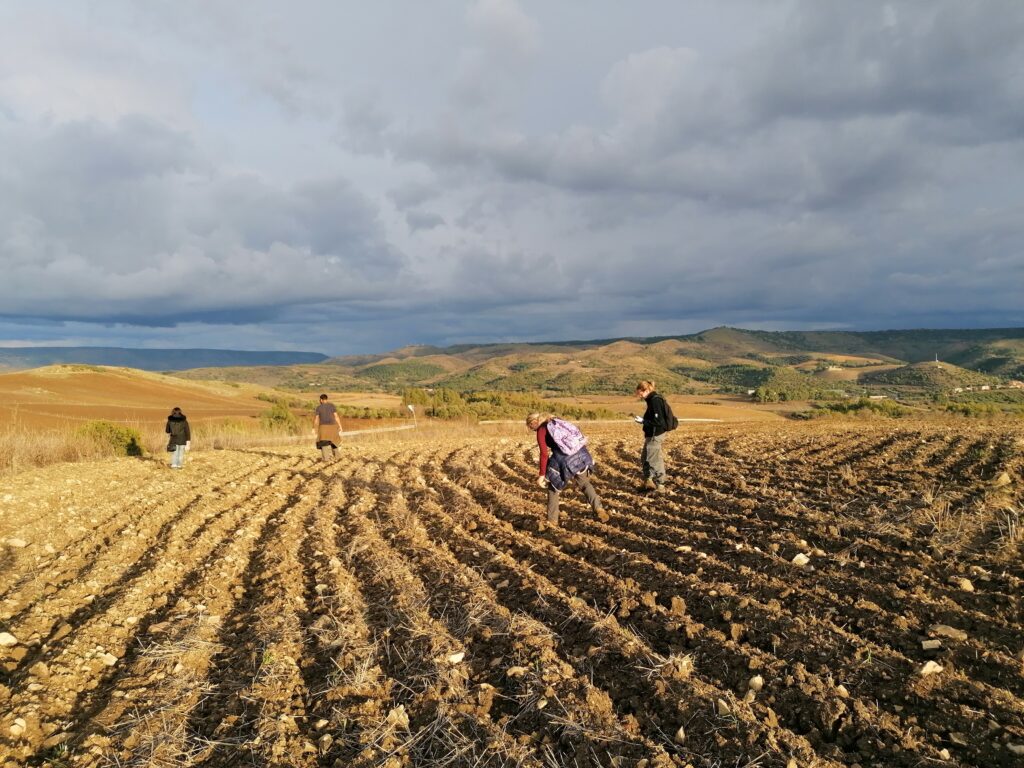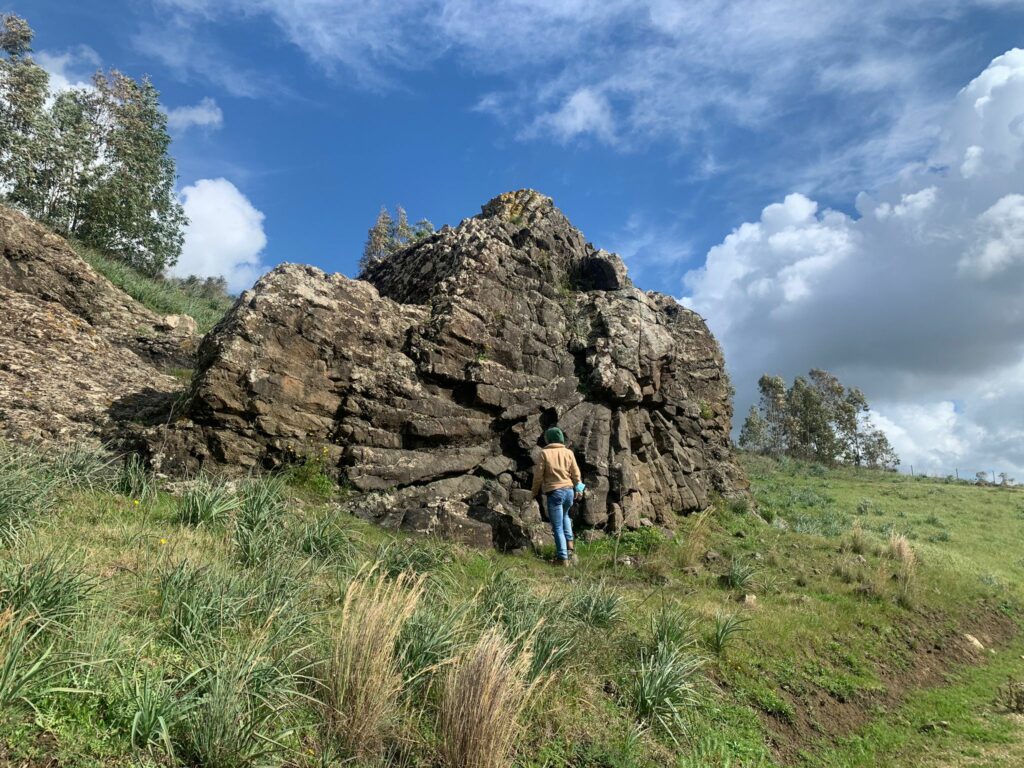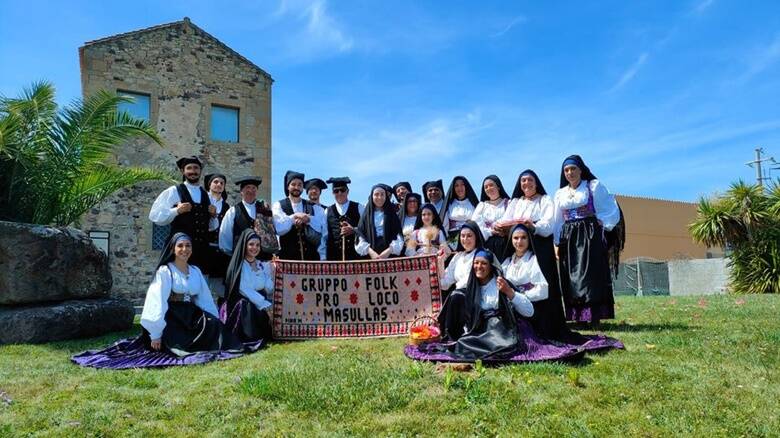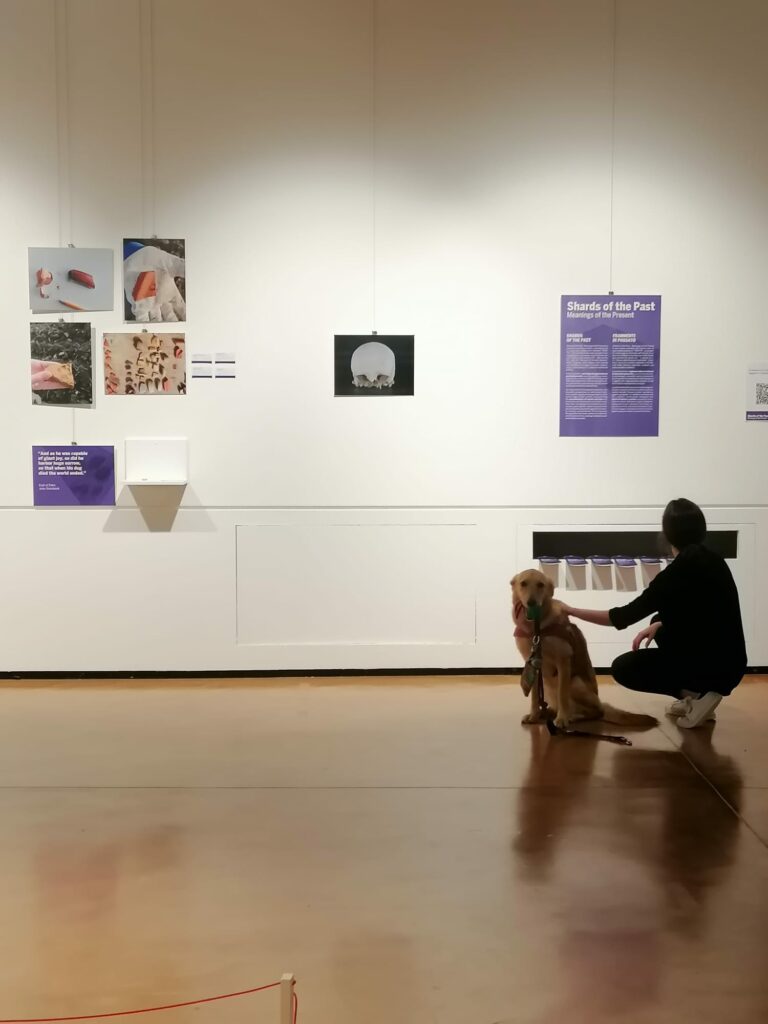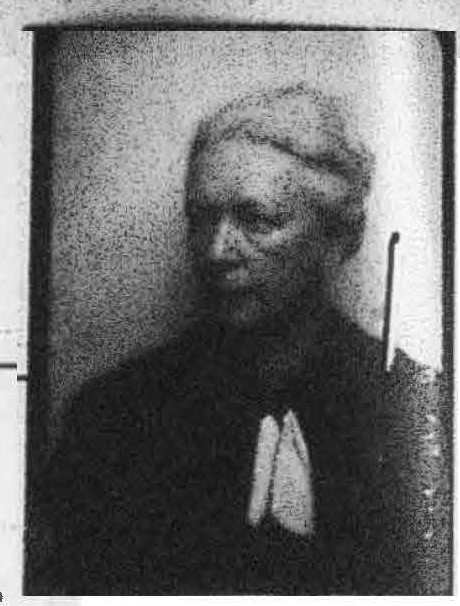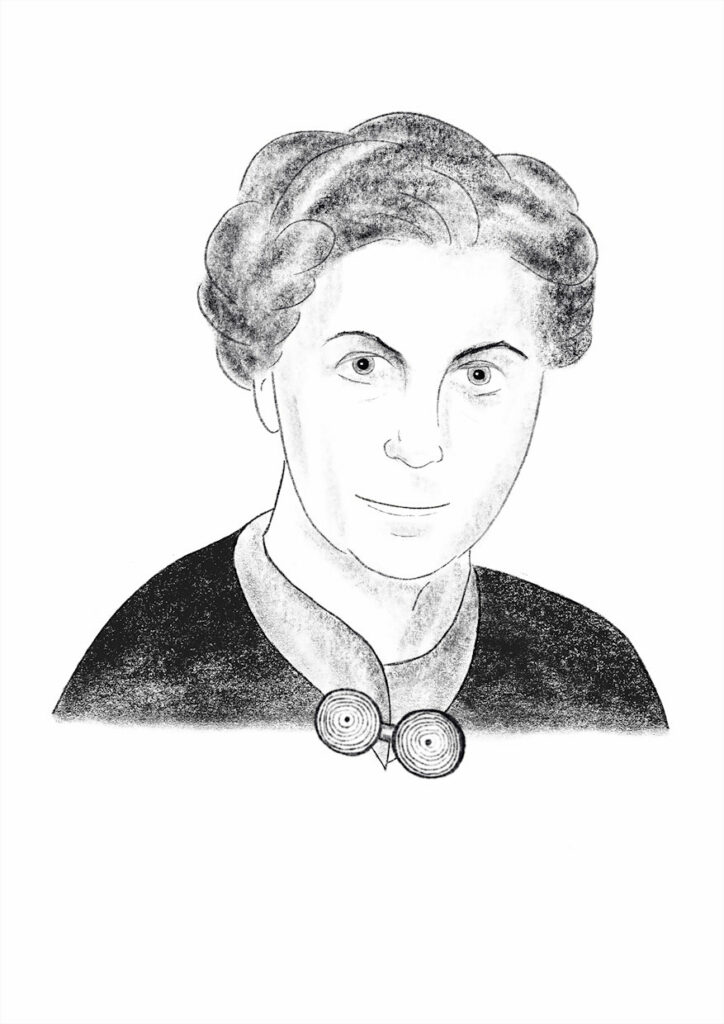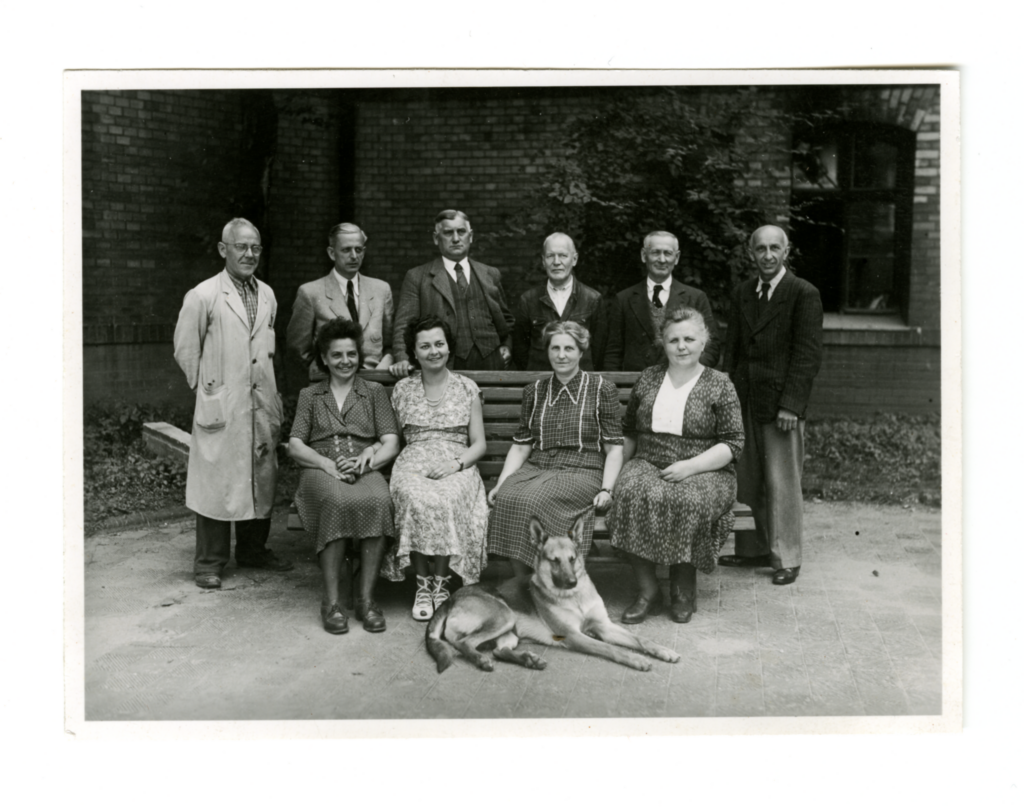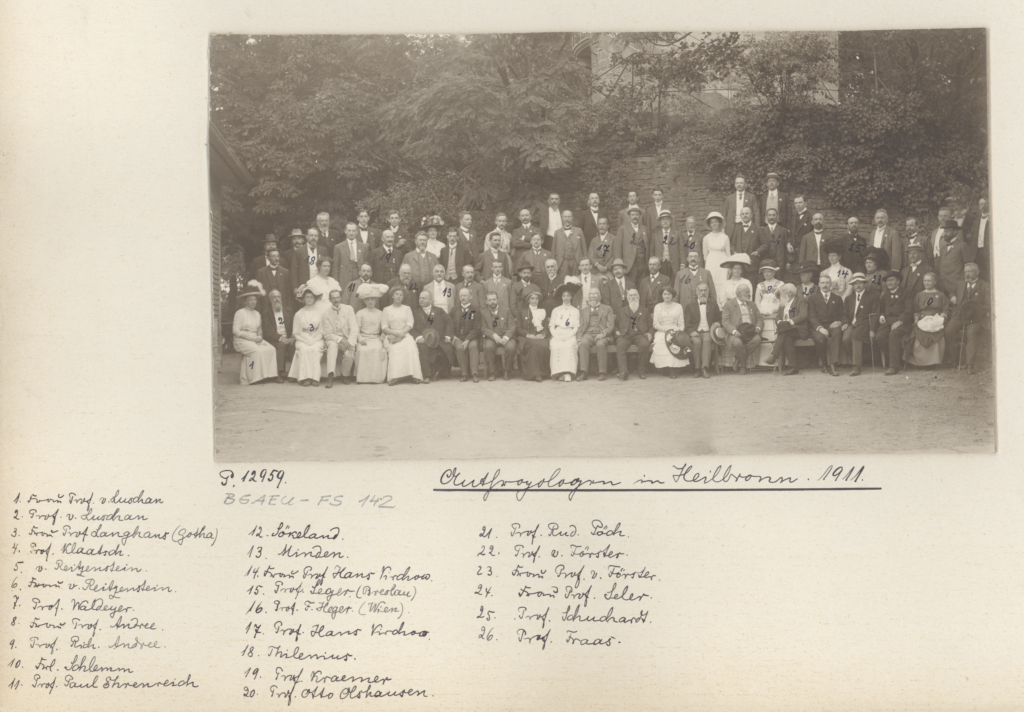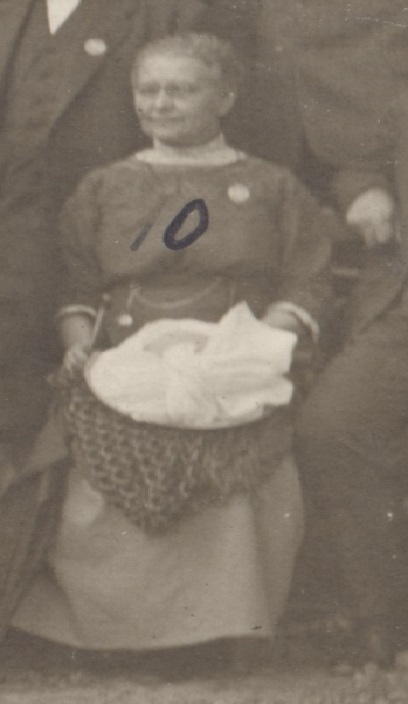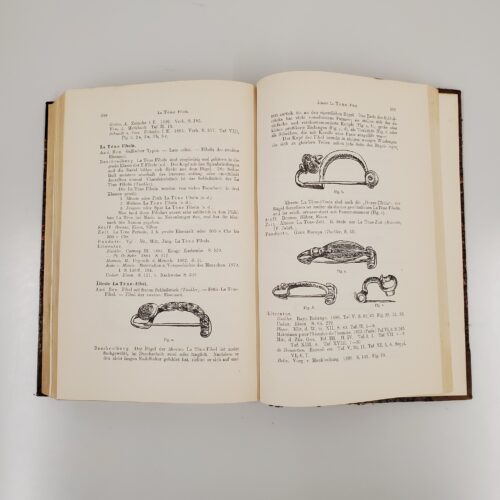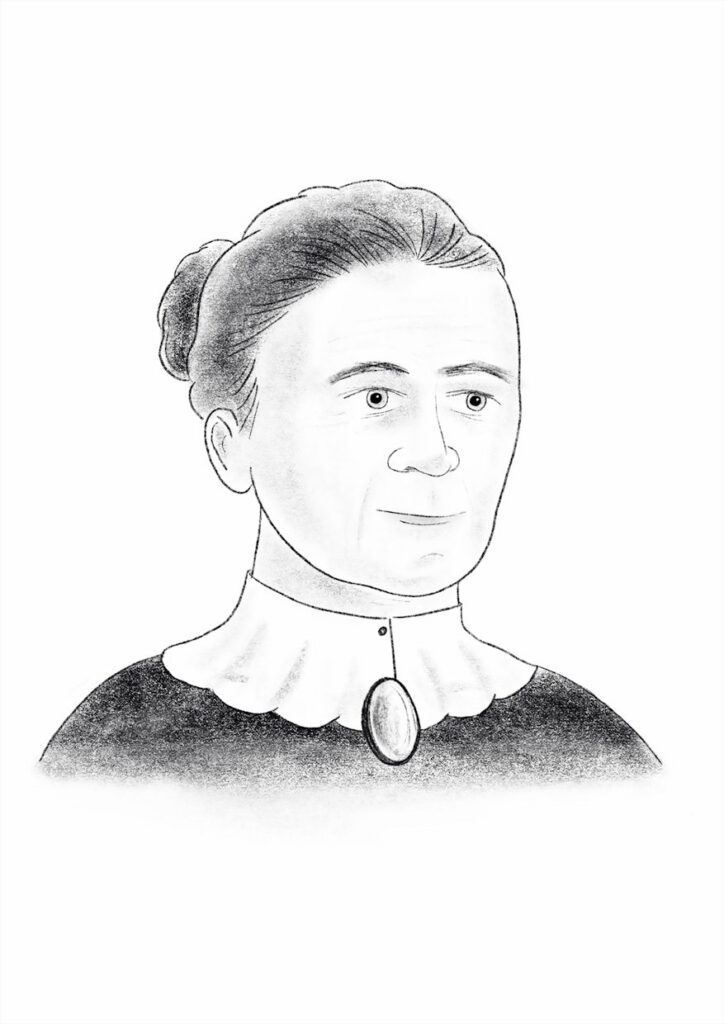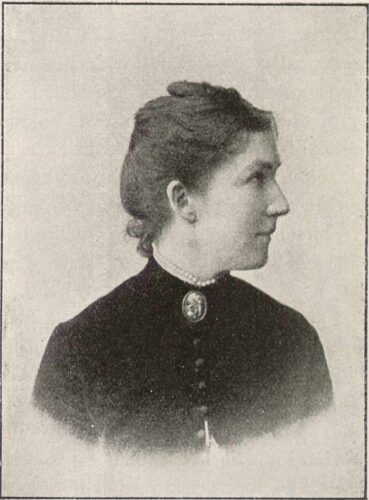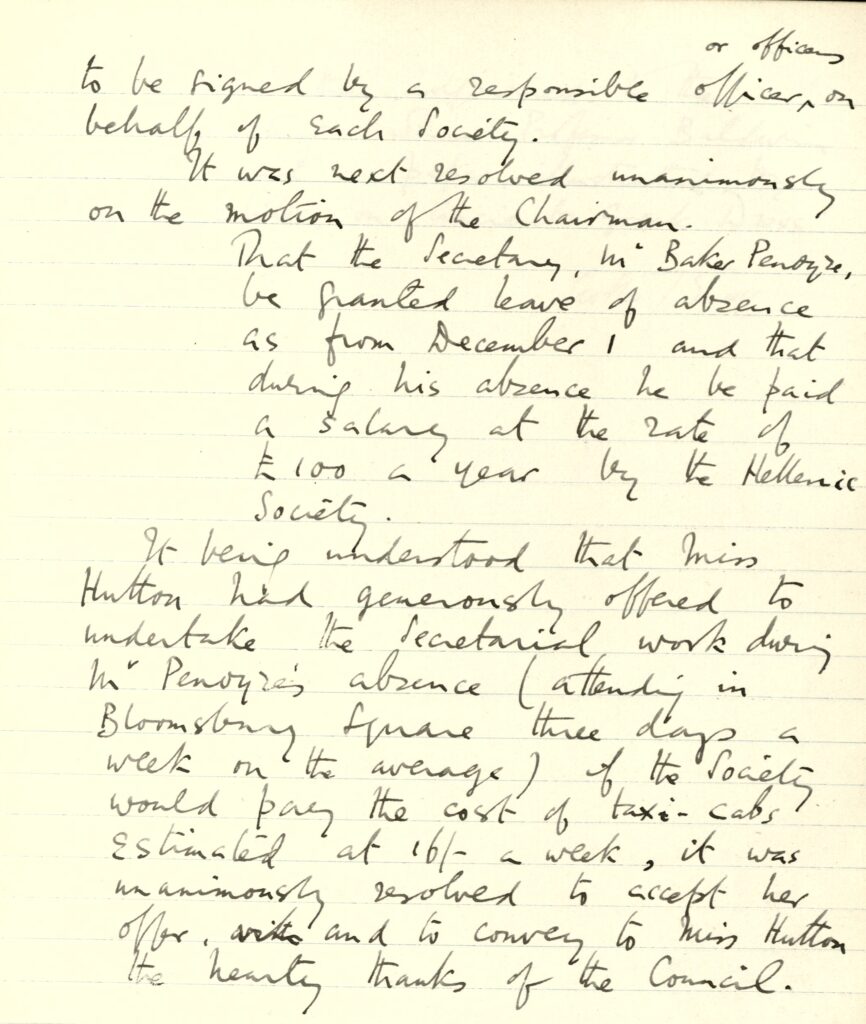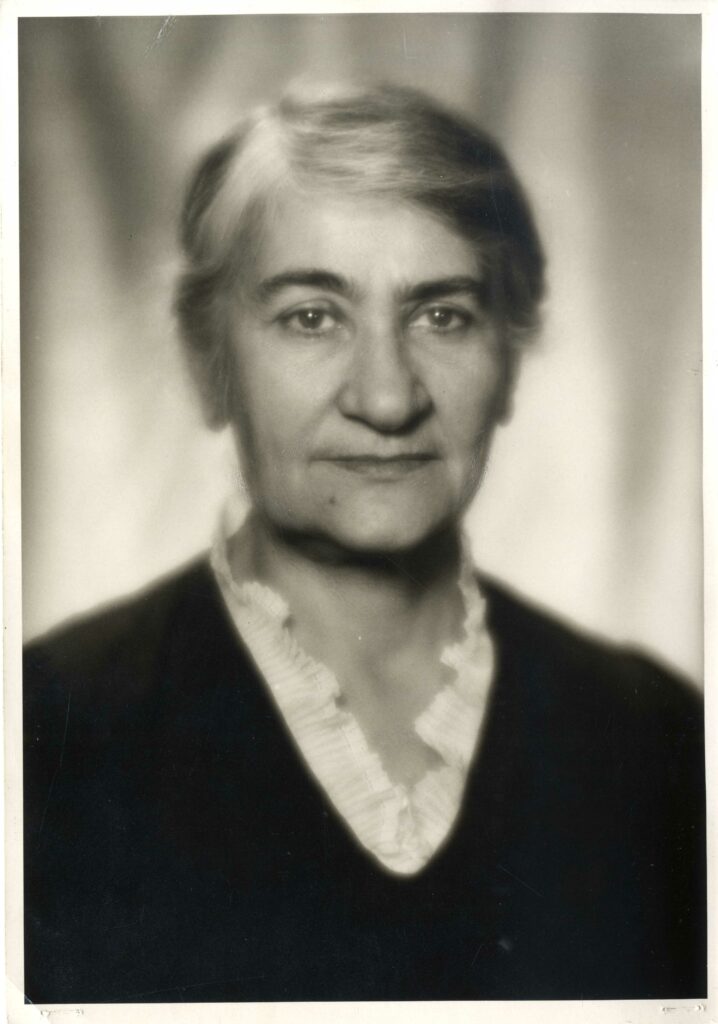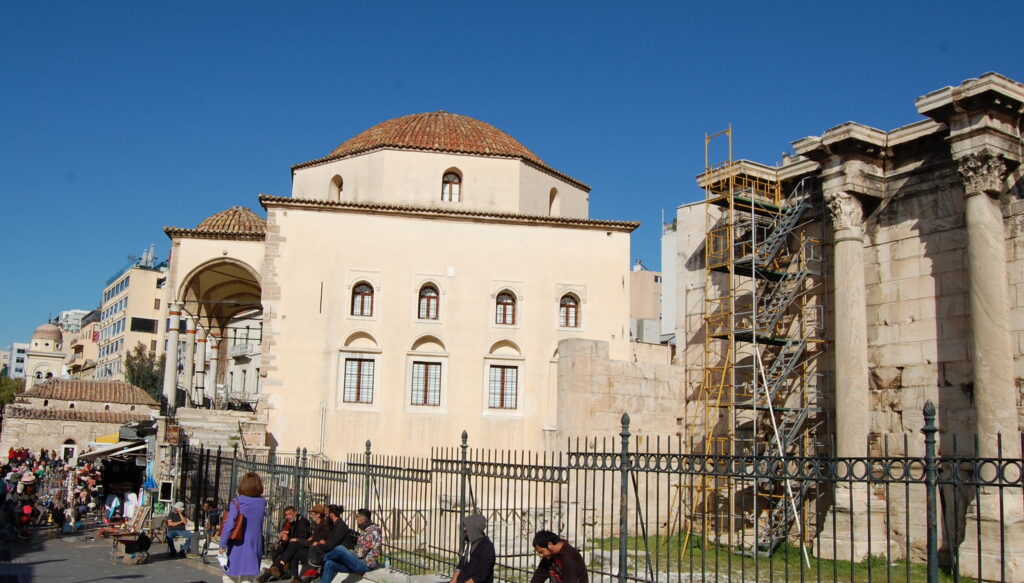By Ammandeep Mahal, Research Fellow (2022-23), Beyond Notability, University of Southampton
The title of our project – Beyond Notability – links to the invisible women in the history of archaeology. Notability is a criterion on Wikipedia which is defined as ‘a test used by editors to decide whether a given topic [including a living or historical person] warrants its own article’. The test itself involves ‘receiving significant coverage in reliable secondary sources independent of the subject’, and these secondary sources must also be published, in order for Wikipedia to consider them a credible and verified source. The problem with these criteria is that when they are applied to historical figures, they privilege men and men’s work. Women and women’s work historically, is an underrepresented area or field on Wikipedia and this test pushes their work further into the shadows.
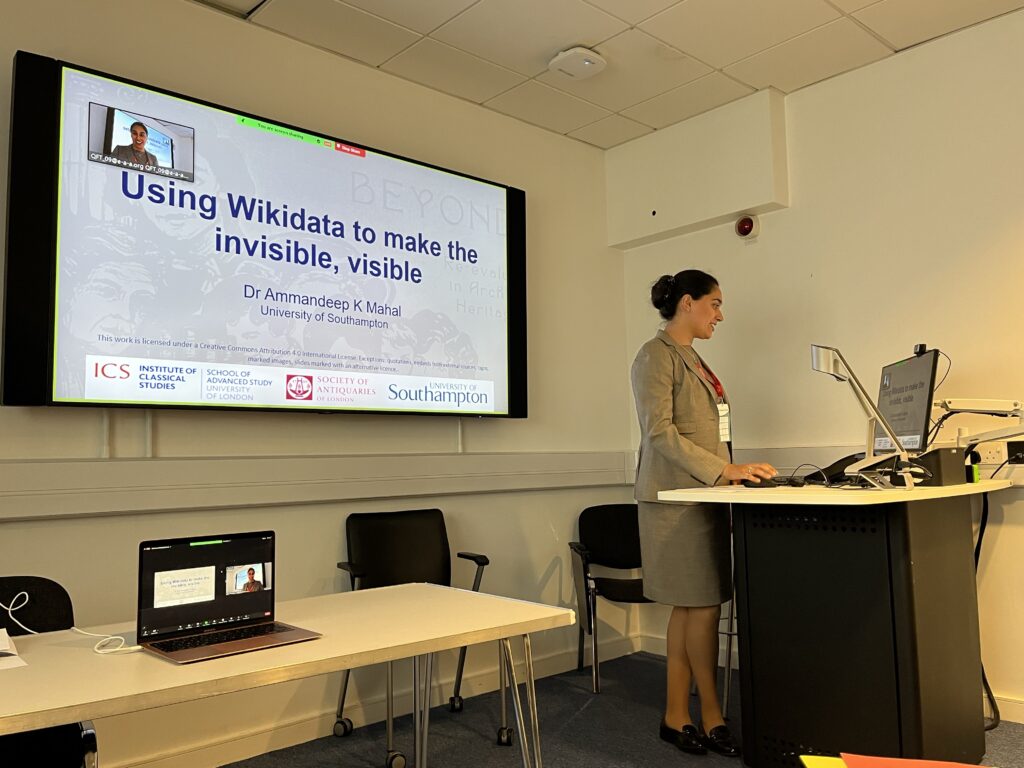
The Beyond Notability project seeks to represent the lives of women and their work in the fields of archaeology, history and heritage between 1870 and 1950. We have been combing through the archives and associated collections at the Society of Antiquaries in London to collect as much information as possible relating to the women Fellows of the Society. The archives include those of the Royal Archaeological Institute and the Congress of Archaeological Societies, alongside the Antiquaries’ own archives. All the archives we work with overlap chronologically and some of the women we encounter are affiliated with all three. Therefore, we can already see the formation of many professional as well as personal networks within our database.
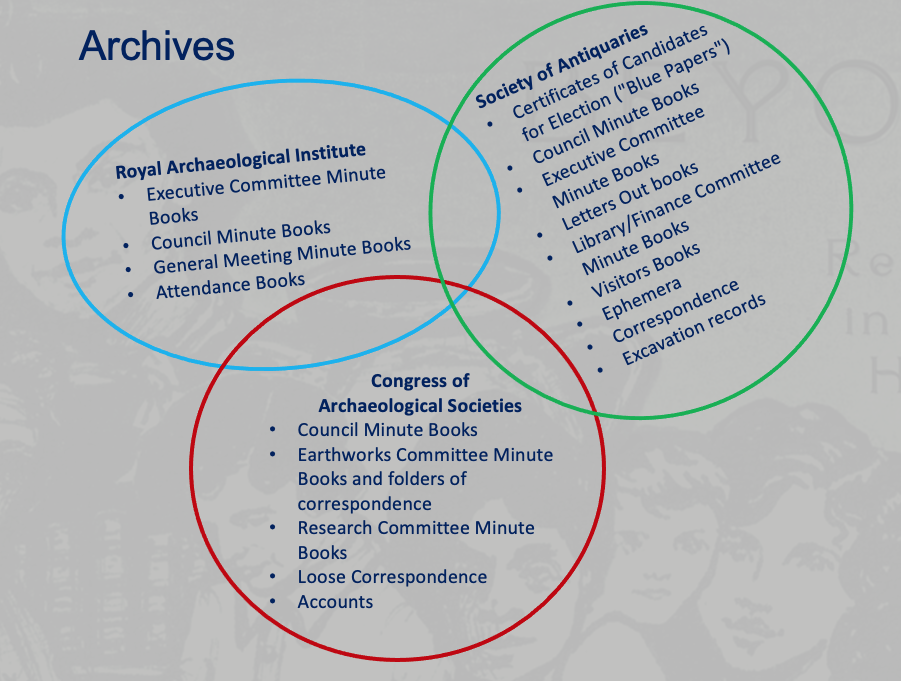
Fig. 2. Interlocking circles showing some of the main types of documents consulted at the Society of Antiquaries, Royal Archaeological Institute and Congress of Archaeological Societies.
As part of our project, we are building linked data ontology that represents the rich detail of the work and lives of the women that we have uncovered in our archival investigations. One of the reasons for choosing Linked Data is that it allows us to unpick the hierarchies of what is seen as most important or powerful. This creates new focal points and links between people, places and things where they could not be seen before. To achieve this, we have been drawing on another linked data ontology, Wikidata. Wikidata is a free and open knowledge base that can be read and edited by both humans and machines. Whilst we are using the same technology, our ontology moves away from Wikidata as it is driven by our data, our people and our archives. Therefore, we have built our own Wikibase. We have been using the Wikidata ontology as a guide rather than a model, allowing our ontology to be influenced by the historical specificity we are dealing with.
One aspect of the work we are trying to capture in the project is women’s work in archaeological excavations There are many types of archaeological investigation from the small-scale informal test digging, to larger scale excavations involving multiple organisational groups. Additionally archaeological work could last just one season, or multiple seasons and this is often dependent on many factors. Therefore, there are many different roles involved in archaeological work and these can vary from place and time. This results in a lot of different types of work to record. It’s also important to remember that the women in our field and period of study may not have been paid for the work that they were undertaking at a given site.
To allow an understanding of how we are augmenting Wikidata to fit what we find in the archives, I will give one example – roles within an excavation. One role that is recognised within an investigation is that of a Director. Wikidata has a property for this – Director of Archaeological fieldwork – and this is described as person leading the archaeological or anthropological investigation at a given site. However, not all of our women would have been directors of an excavation. And some of them may never have directed an excavation. If we want to find out a little more of what Wikidata lists as related to this property, we find a list of archaeological sites. And if we have a look at the examples wikidata provides further down the page, we can see Pompeii and the director of archaeological fieldwork listed there. If we follow the trail through, hoping to find others who would have been involved, in any role, we see that wikidata only provides information for the directors, from the very first to the most recent.
In order to understand why this notion of fieldwork only being conducted by directors is a poor fit in general, but also for many of the women we find in the archives, let’s look at an example of the types of documents we work with. The introduction to the 1936 excavation report from Verulamium details work carried out at the site. It usefully lists the excavation committee. And already, at the beginning of the list, we can see that a Mrs T V Wheeler, Tessa Wheeler, is one of the directors of the excavation. together with her husband, Mortimer Wheeler and Thomas Davies Pryce. If we continue a little further in the list, we can see a Miss M A Wix was also involved on the committee. This information relating to the work and the roles women in our time-period held is the type of data we are trying to capture. And Wikidata helps us with this, with their pre-existing property for director.

Fig. 3. An Image of the excavation report for Verulamium referenced above.
In a preface to the main report, a lot of other women are mentioned. Among them is Miss Kathleen Kenyon and it says:
‘Miss Kathleen Kenyon during four seasons supervised most of the laborious excavation of the ‘Fosse’, and later directed the clearing of the theatre, which has formed the subject of a separate report by her’. (Wheeler & Wheeler 1936: 4).
So here we have five pieces of information – Kenyon being a part of the excavation, the fact that she worked there for four seasons, she supervised most of the excavation of the ‘fosse’ and that she directed the clearing of the theatre and then also, that she wrote her own report on this. Further on in the preface, there are even more women and their roles and work being mentioned – Miss M. V. Taylor, F.S.A., ‘has helped from time to time, with her usual liberality’; whilst Miss Delia Parker, Miss Thalassa Cruso, Miss Joan du Plat Taylor, Miss Margaret Clay, Miss Leslie Scott, Miss N. de Crespigny, Miss Rachel Clay, Miss Ione Gedye were all part of ‘a willing team’ on site (Wheeler & Wheeler 1936: 4). All of these roles and works carried out within one excavation are not something we could represent using the Wikidata model. Therefore, in our own Wikibase we have augmented the way Wikidata handles this in order to capture the scope that Wikidata cannot.
We created an entry for ‘Excavations at Verulamium’ on our own project Wikibase, where you can see how we have represented the work carried out by not only Kenyon, but by each of the other women as members of the excavation. Our property – “member of excavation” captures the varied nature of the work each woman carried out as part of archaeological fieldwork. We are able to capture specifics – i.e. Kathleen’s supervisory role and her writing of a separate report, in a note which describes her ‘specific role’. Similarly, we can do the same for the other women mentioned in the preface of the 1936 Verulamium report. Currently, apart from Kenyon each woman is listed as a “part of ‘a willing team’”, as they were noted in the report, but this can be changed and updated, should we find any specific information elsewhere (Wheeler & Wheeler 1936: 4). On Kenyon’s entry on our project Wikibase, we have added the fact that she was a member of excavation and also her specific role. The use of the augmented Wikidata model allows us to bring the story of excavations back to the people involved and in our case the women involved, their hard work, discoveries and experiences that have shaped the field as we know it today. Additionally, by linking to Wikidata and external museum databases and identifiers we have been able to raise the profile of women we find in the archives.
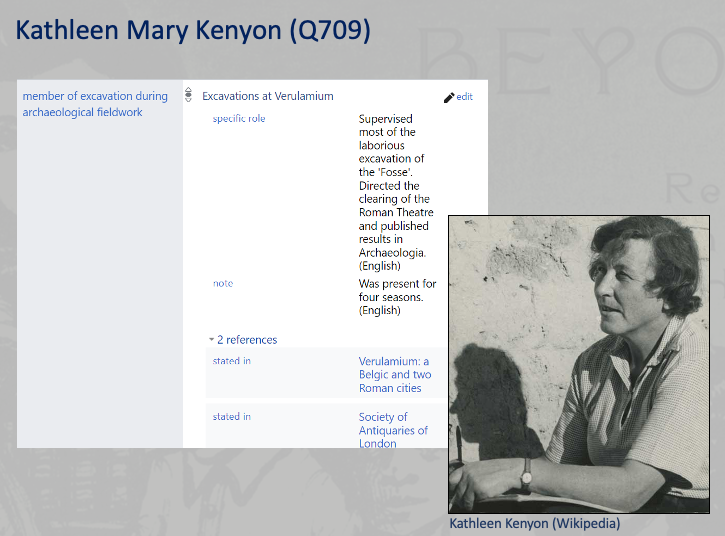
Fig. 4. A photograph of Kathleen Kenyon from Wikipedia alongside a screenshot of part of her data on the Beyond Notabilities Database.
One other thing we consider as important is giving recognition to those who may be unnamed. We have also come across instances of unnamed people, or example – basket person, or artefact washer. Even though we may not know who they are or their exact role within the excavation, we created a property for name unrecorded, in order to indicate their existence and begin to give them, and their work, visibility and credit, privileging jobs that are were not privileged before.
The project seeks to go beyond what is already represented about women in the fields of archaeology, history and heritage. By using Wikidata as a guide and augmenting its ontology with our own data specific properties which capture the granular detail, we can bring ideas, connections and people to the fore that have not previously been celebrated. Through the creation of an open access, online linked data source, we hope to bring the stories of these women out of the archives and increase their visibility both for humans and machines. Through this work, we hope to fight the dreaded ‘notability’ criterion. By entangling people with information systems, we are able to consider the long-term preservation of that data whilst also giving their stories the chance to be thrown into the future. Hopefully in future we will be talking more of the visibility of women in the history of archaeology, rather than their invisibility.
Biography
Dr Ammandeep Mahal was Research Fellow on the Beyond Notability project from 2022-2023.
Bibliography
Wheeler, R. E. M., and Wheeler, T. V. 1936. Verulamium: A Belgic and Two Roman Cities. Oxford: Society of Antiquaries of London.
This post is part of a series in which speakers of the session “(In)Visbile Women in History of Archaeology” of the Annual Meeting of the European Association of Archaeologists 2023 publish their presentations. The posts will be published simultaneously in German and English. The German version of this post can be found on the blog of the project AktArcha at: https://aktarcha.hypotheses.org/6860
